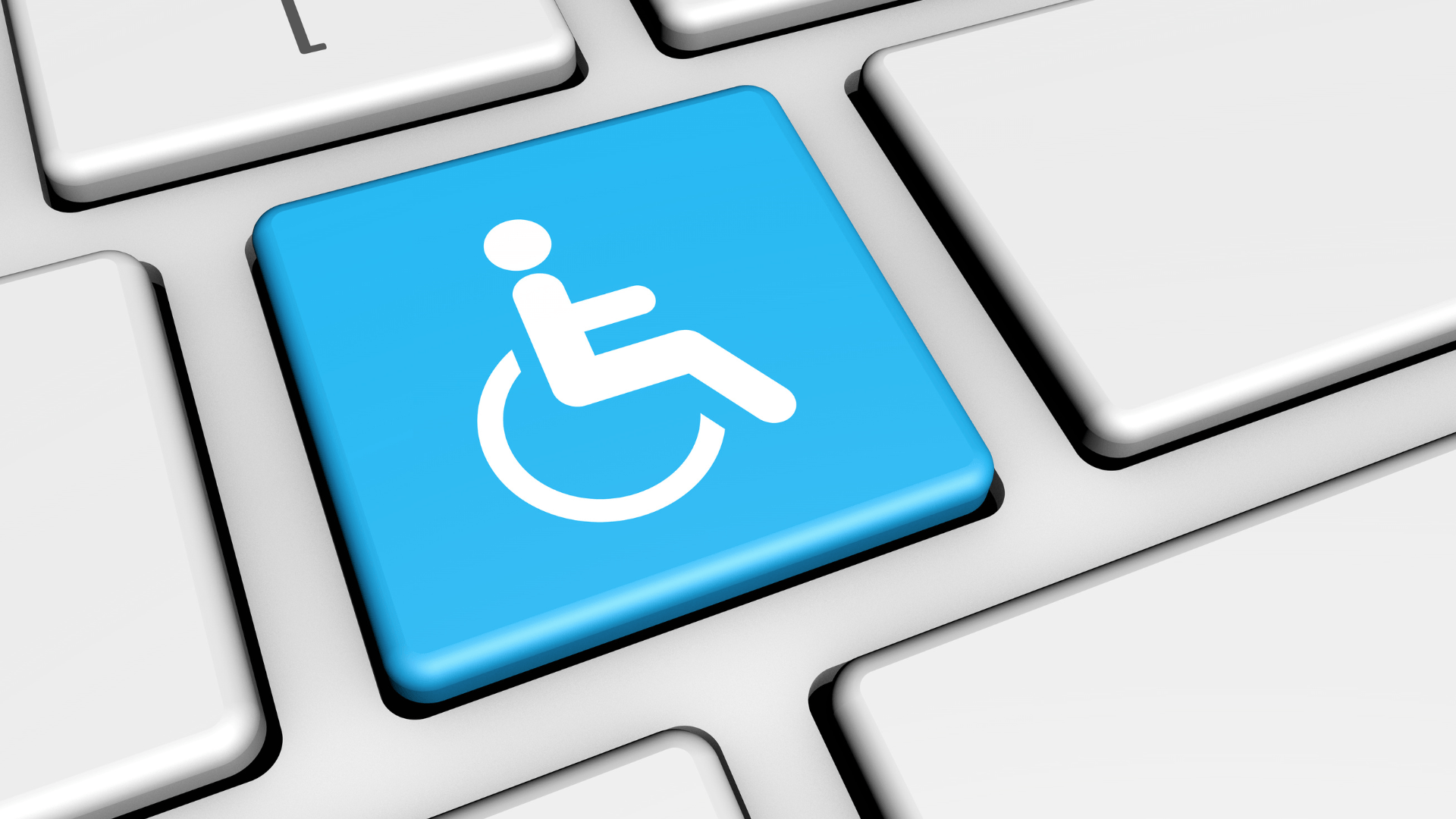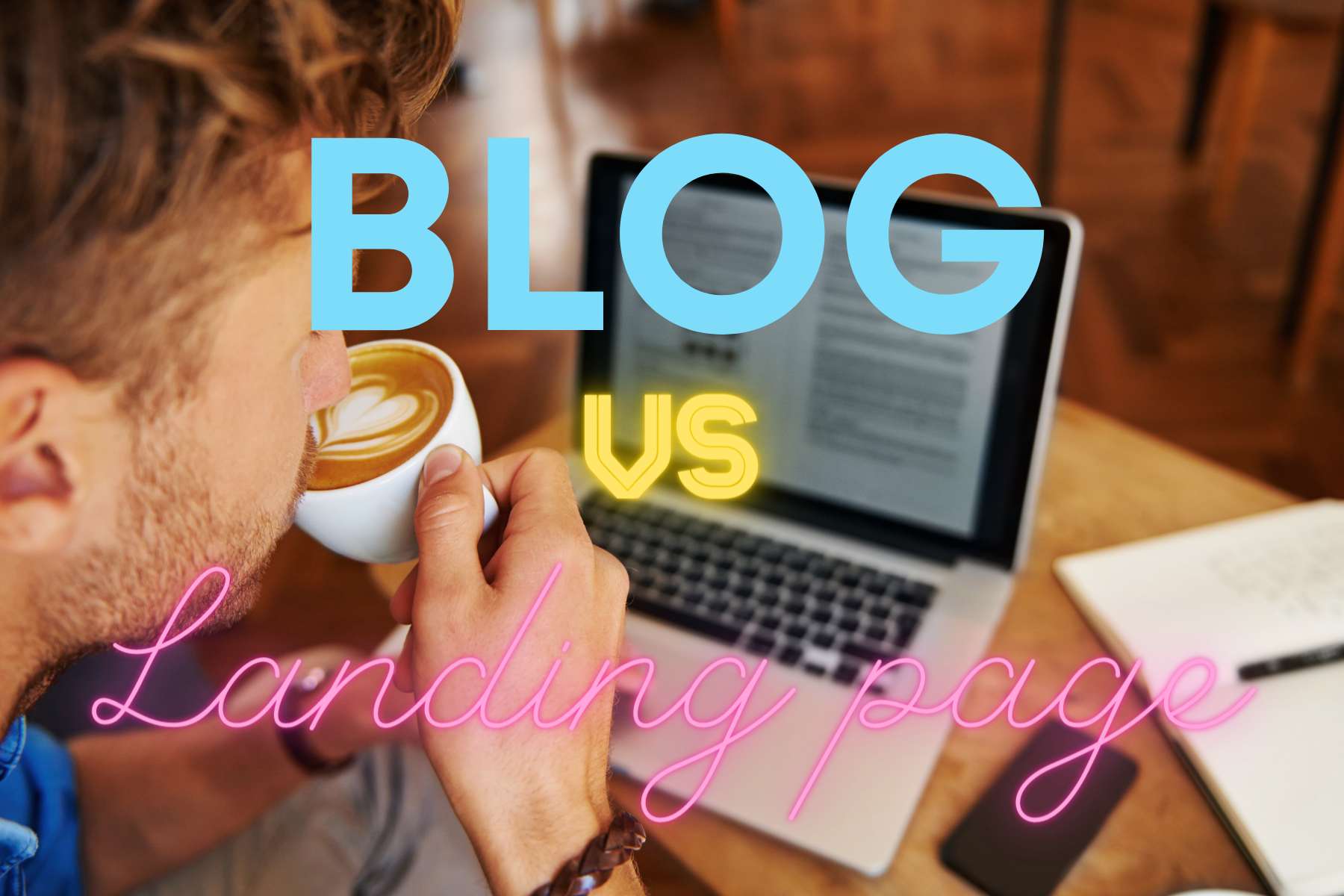Web Accessibility & Tax Benefits – What You Need to Know
Is it possible to get a Tax Credit by doing the right thing?

'Tax season' and 'good news' don't usually go hand in hand, but in this case, there is good news for small, local businesses that offer accessible services or are in the process of taking them on: Tax incentives are available to them.
If you are a small business owner who has already made such investments, you can claim some of the costs of accessibility as a tax benefit. However, if you have not made such an investment, these benefits might be the incentive you need to step out of your comfort zone and invest in a digital age that includes customers with disabilities.
What is Accessibility?
Small businesses vary widely in terms of their budgets, resources, and ability to implement accessibility. Any resource that a business may have to improve accessibility can be valuable for targeting this underserved population. Providing the resources and disability tax benefits will help achieve this goal.
The truth of the matter is, most websites aren't designed for interoperability. They contain barriers that prevent users with disabilities—from blindness to impaired mobility and more—and those barriers could exclude a large number of people from using a site. It costs money to add features to a website to make it more accessible through assistive technology or other adaptations, and the same tax incentives that apply to accommodations that help people move around—like wheelchair ramps—can also cover IT systems that support web site access.
Tax Credit Details
To claim these tax benefits, use IRS tax form 8826: Disabled Access Credit from Section 44 of title 26 of the internal revenue code.
Tax credits are different than tax deductions. A tax deduction reduces taxable income and, therefore, the tax owed. However, a tax credit reduces the amount of taxes owed directly.
The Disabled Access Credit is limited to small businesses with gross receipts of one million dollars or less or employs 30 or fewer individuals.
These are the terms for claiming the Disabled Access Credit: For expenditures more than $250, you can take a 50% credit up to $10,250 for a maximum credit of $5,000.
Example 1:
Your company spends $5,000 on an audit or enhancement in your website accessibility. But, only those investments that exceed $250 qualify for the credit. Thus, $250 is subtracted, leaving you with $4,750. You'll claim 50% of the amount spent, which is $2,375. To claim the credit, you'll subtract that $2,375 from the tax you owe on your return.
Example 2:
If your company spends $12,000 on an accessibility audit or upgrading your website or mobile app to be more accessible to the blind and partially sighted, then you will be eligible to claim $10,000. The 50% credit is then calculated and is $5,000
Note also that the $TBD expenses could not be capitalized, may not be used for figuring a different credit, or any other example of a "double-dipping." Also, note that this is not a one-time credit. It's a $TBD credit for general business expenses—it can be used each year for as long as eligibility requirements are met.
But wait... there’s more?
The Disabled Access Credit can apply to state and/or federal taxes, so it may be worth exploring if you are planning growth in that area. You should consult a tax professional or perform additional research depending on the state where your business is located.
In addition, there may also be another Tax Deduction that is available to businesses that become Certified as Disabled Service Providers. This deduction may not apply to websites but more often applies to brick-and-mortar locations. However, make sure to speak with a licensed tax professional before making large expenditures to ensure compliance with the deduction.
For more information, see:
- Fact Sheet, Tax Incentives for Improving Accessibility (PDF)
- IRS Tax Credits and Deductions page on the Americans with Disabilities Act site (Website)
Please note that Makin Moves Marketing is not responsible for any tax information that changes or is misinterpreted. This post is meant to be informative and does not replace the advice of an accountant or tax professional.





